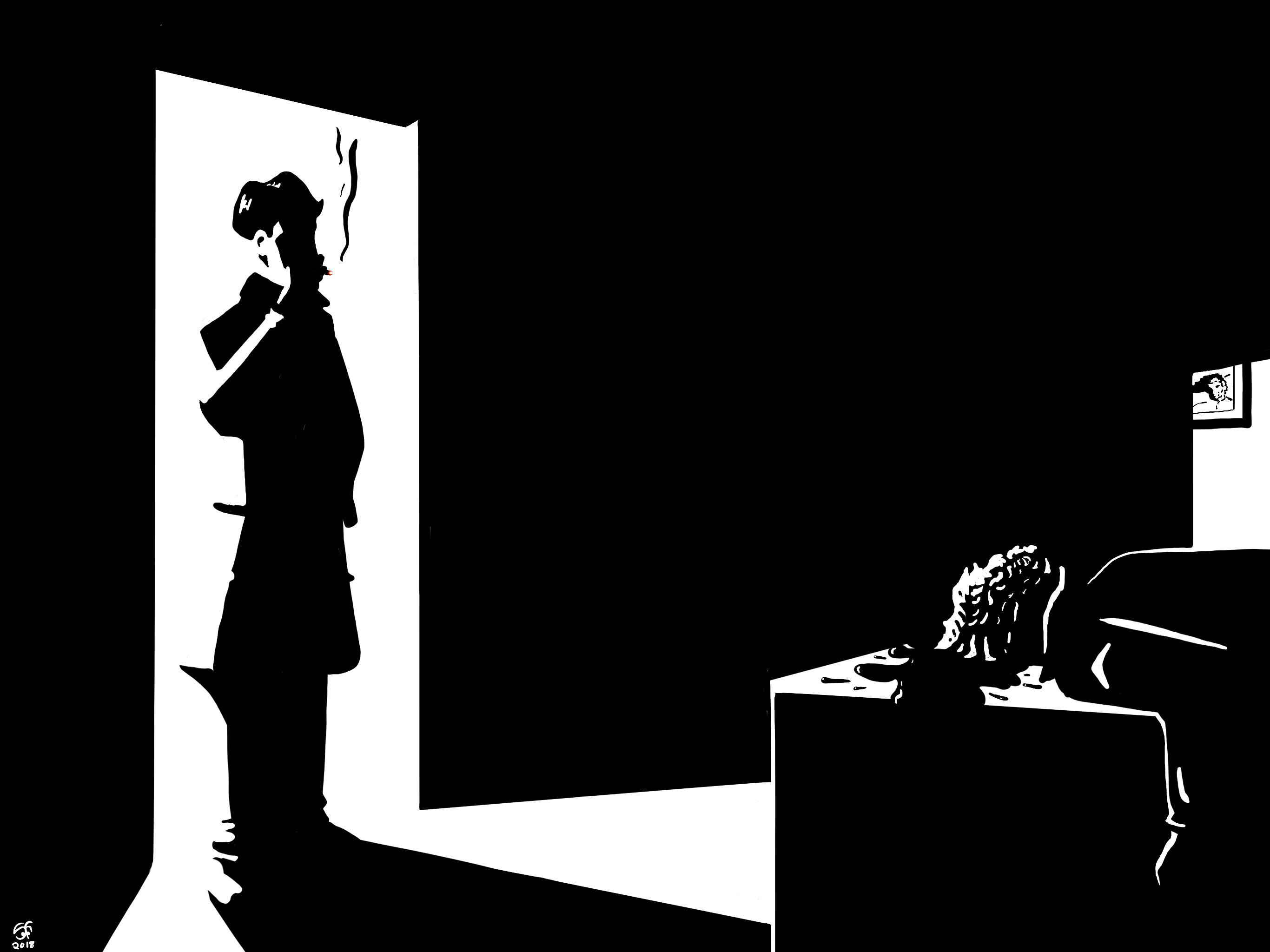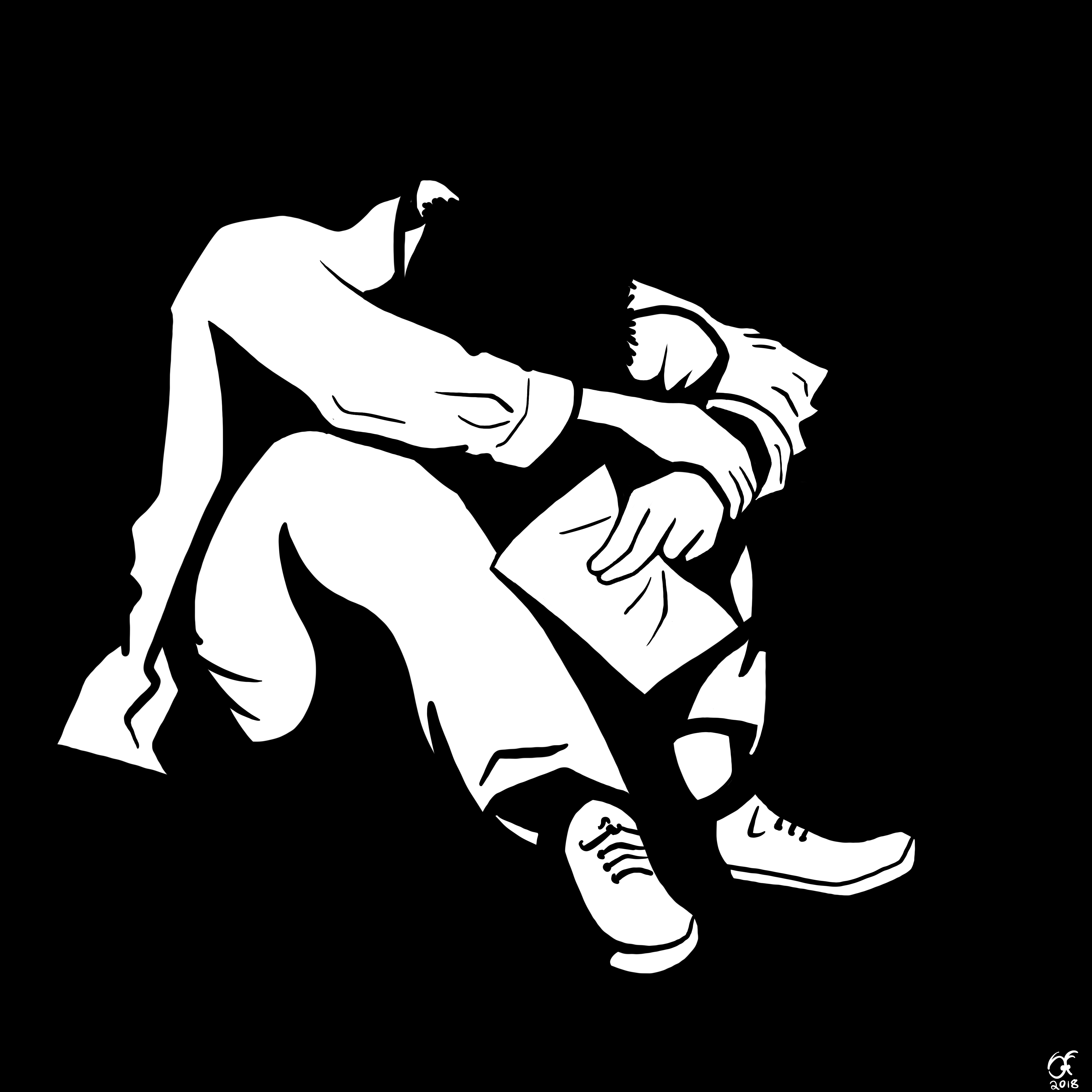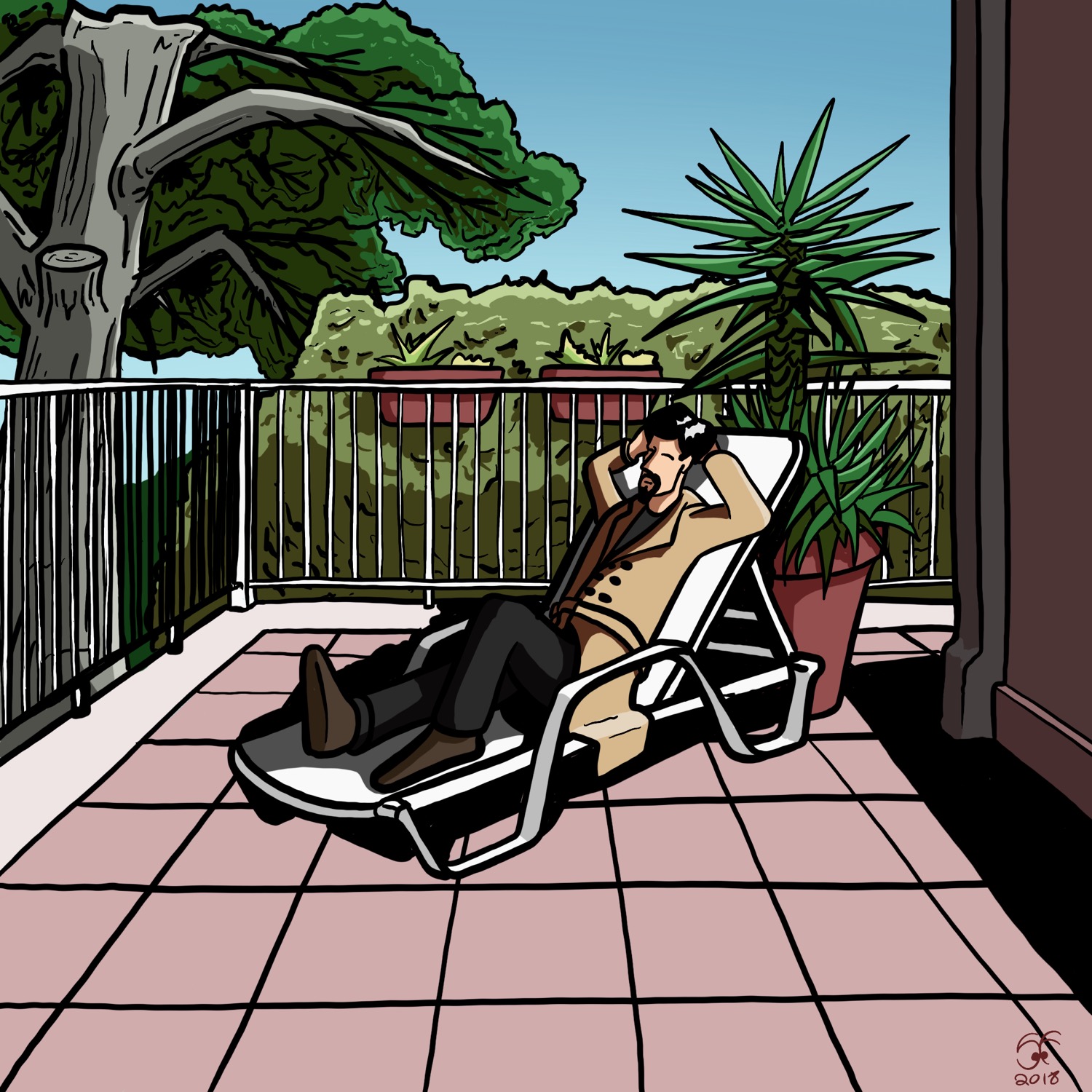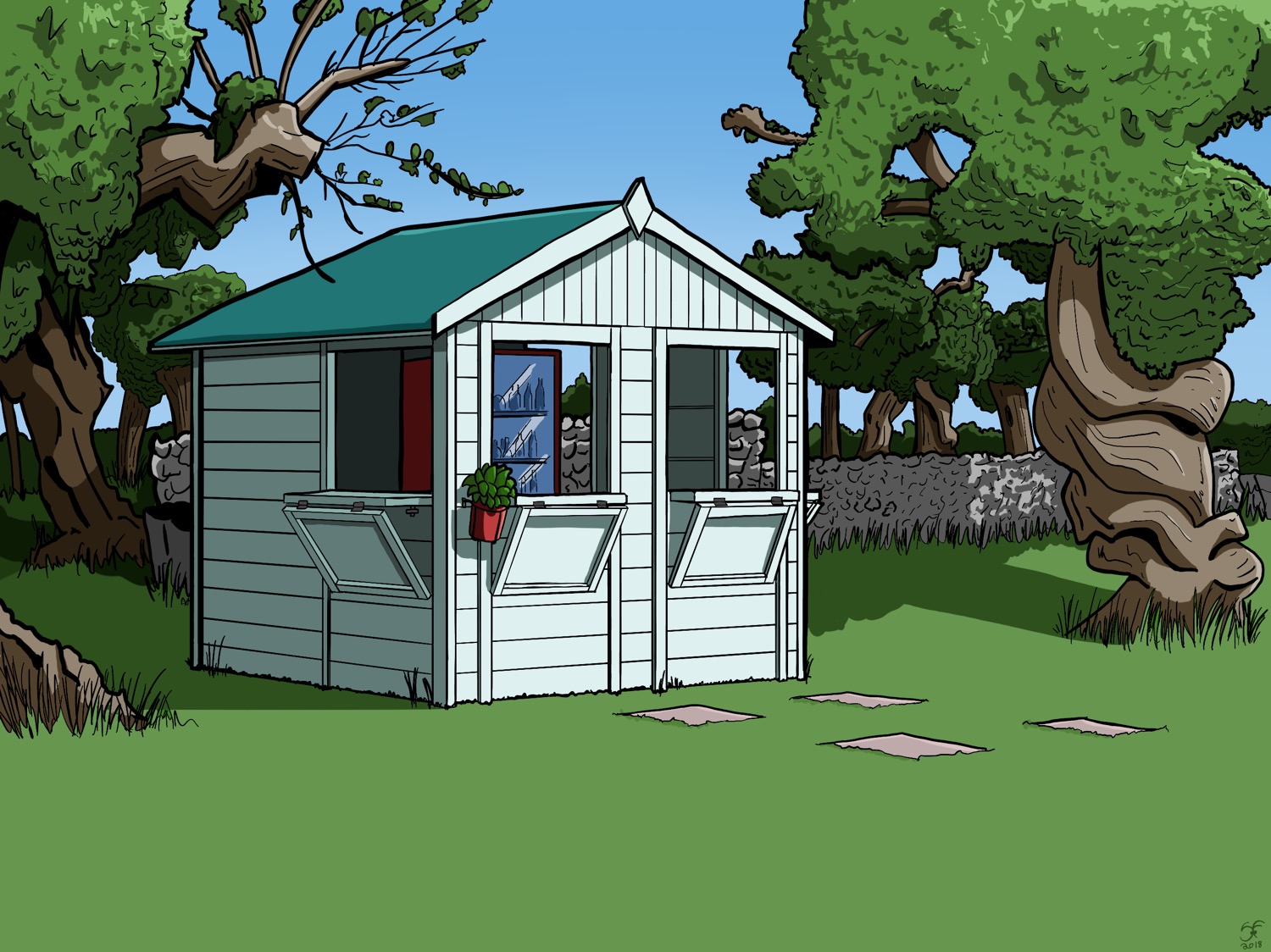Totally not based on my current mood.
Developing a Jigsaw Puzzle Game Part 2: Document Set Up
This is part 2 of my attempt to document the process of creating a simple jigsaw puzzle game in excruciating detail.
To create the puzzle images, I want to be able to take a Photoshop document, slice it up using the selection tools, then export those sliced-up layers. I also want to use a script to automatically generate the final, correct locations for all of the pieces and write them to a JSON file that will work on all devices.
Discovering the Body
I’ve always liked the Film Noir aesthetic.
Developing a Jigsaw Puzzle Game Part 1: Planning
I was recently playing The Black Mirror and one of the earlier challenges is a jigsaw puzzle where you have to reconstruct a torn up photograph.
The player clicks on a piece to activate it, then they can move it around using the mouse or right-click on it to rotate it to one of four preset rotations. They click again to release it. When a piece has the correct rotation and is near the correct position, it snaps into place, which works as visual feedback that it has been placed correctly.
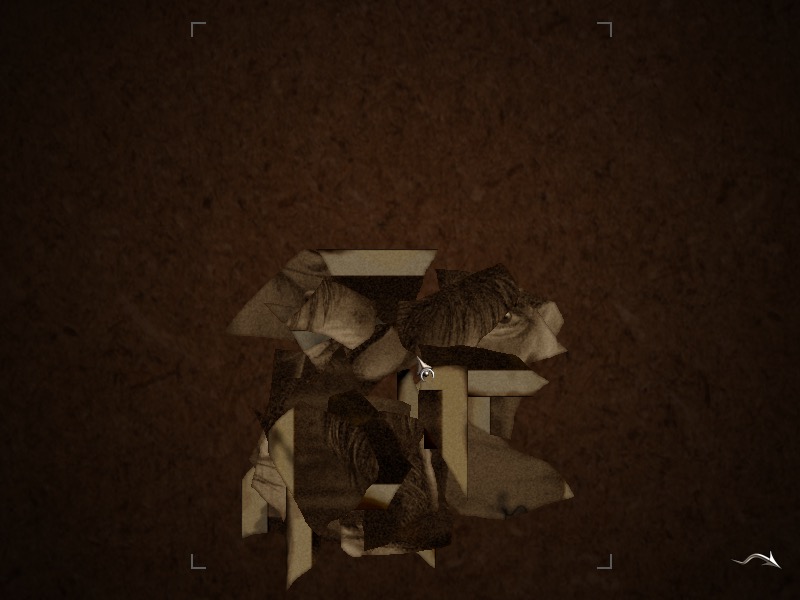
It was an enjoyable break from the exploring and it got me thinking about how I might add it as an optional mini-game type in my adventure game engine.
Struggling
I have a million things I need to draw but I haven’t been super motivated for the last couple of weeks.
Freddy Pharkas: Frontier Pharmacist
I first played this game when I was a youngling at my Uncle’s house and I remember being so excited when I booted it up and watched the witty Ballad of Freddy Pharkas play out.
The concept was original and captivating—an ex-gunslinger hangs up his sidearms to go out West and become a pharmacist before events draw him back in to his gun-toting ways—all set in a gorgeous cartoon Wild West setting.
I quickly filled the first two prescriptions that acted as the copy protection to the game, then enthusiastically took Freddy outside to explore where I promptly walked into a swamp and died.
Refactoring Components in SpriteKit
As I’ve been working with Entity Component Systems in SpriteKit, I’ve come to realise that Apple’s implementation of the pattern is subtly different to what I understand is the ‘pure’ form of this pattern.
Environment Practice: Balcony in Vieste, Puglia
Our man (and the potential protagonist for my first adventure game) taking a break on a balcony that looks very much like the one we have here in Veste, Italy.
Useful Adventure Game Resources: Puzzle Documents
Since I started my series about handling movement, I’ve learned a lot more about Entity Component Systems and I’m changing the way my engine is structured to reflect this.
While this sounds like a Typical Simon Rabbit Hole, it has fundamentally changed how I approach game engine development and I have made some huge strides with very minimal effort. Thanks to the advantages of ECS, some features that I thought would have to wait for many versions down the line have become trivially easy to implement.
Environment Practice: Honesty Bar at Masseria il Frantoio
We recently visited Masseria il Frantoio again (the link details our first visit) and this time we got to stay for two nights.
Out in the garden, by the olive trees, there is this cute little shed that serves as an honesty bar, where you can grab whatever drinks and snacks you want and just note it down.

